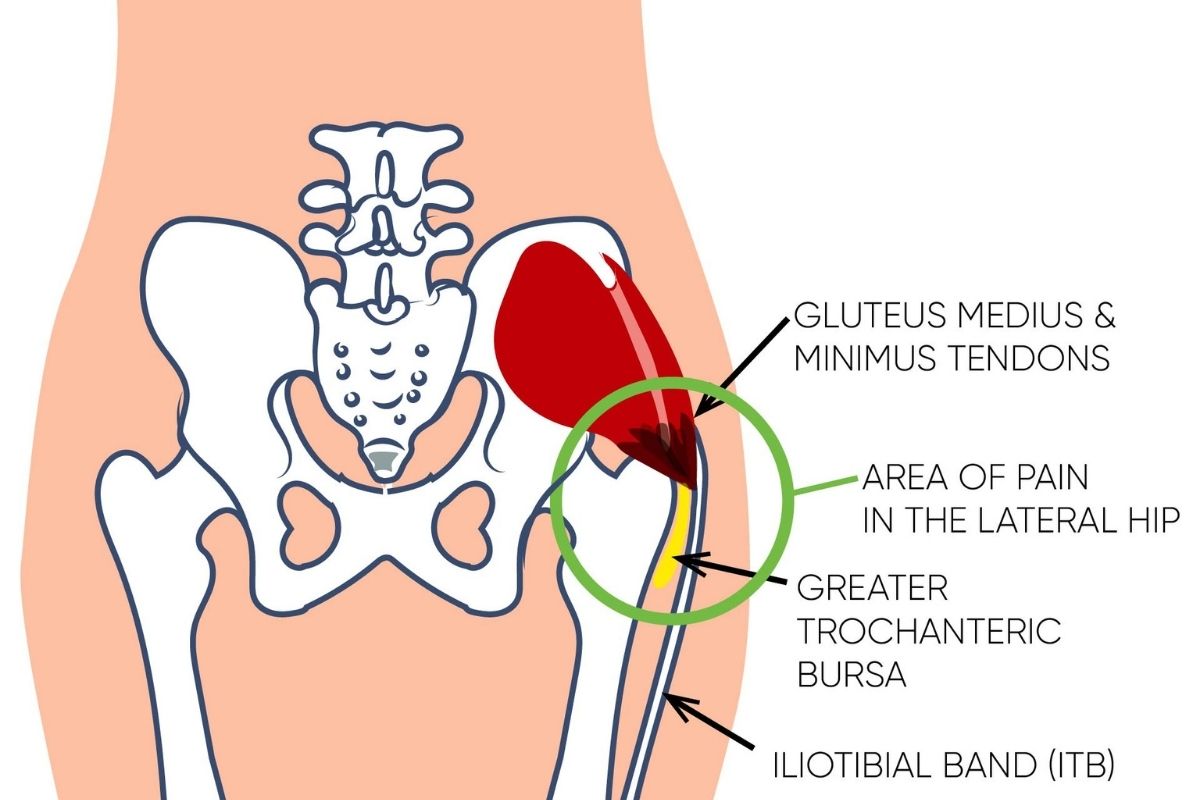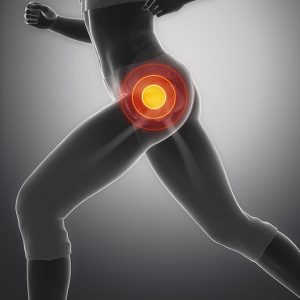
Hip pain can disrupt your daily life, making even simple tasks difficult. Whether caused by injury, arthritis, or muscle strain, hip pain demands attention and effective treatment. In this guide, we’ll show you how to fix that hip pain fast with proven strategies, exercises, and lifestyle tips to get you moving comfortably again.
Before diving into treatment, it’s important to understand what causes hip pain and how to recognize its symptoms. Hip pain can originate from various structures including muscles, ligaments, joints, or nerves.

If you’re experiencing sudden or mild hip pain, here are some fast-acting remedies to reduce discomfort quickly and safely at home.
Give your hip a break. Avoid high-impact activities such as running or jumping that aggravate the pain. Instead, opt for low-impact movements like walking or swimming to keep the joint mobile without added stress.
Use ice packs during the first 48 hours after pain onset to reduce inflammation and numb soreness. Apply ice for 15-20 minutes every 2-3 hours. After 48 hours, switch to heat therapy to relax tight muscles and improve blood flow.
Nonsteroidal anti-inflammatory drugs (NSAIDs) such as ibuprofen or naproxen can help reduce pain and inflammation. Always follow dosing instructions and consult your doctor if you have underlying health conditions.
Perform gentle hip stretches to ease stiffness and improve flexibility. Avoid aggressive movements, and stop if pain worsens.
Regular exercise can strengthen the muscles around your hip, improve joint stability, and reduce pain over time. Here are some safe and effective exercises to include in your routine.
While many cases of hip pain improve with home care, it’s important to know when professional medical evaluation is necessary.
If you experience any of these symptoms, consult your healthcare provider promptly for diagnosis and treatment.
Once you’ve relieved your current hip pain, it’s crucial to take steps to prevent it from returning.
Extra body weight places added stress on your hip joints, increasing wear and tear. A balanced diet and regular exercise can help maintain a healthy weight.
Regular low-impact exercises like swimming, cycling, and walking strengthen hip muscles and improve joint health.
Avoid sitting for long periods, and maintain proper posture when standing or sitting to reduce hip strain.
Wear shoes with good arch support and cushioning to reduce impact on your hips while walking or running.
Focus on strengthening your core and hip muscles, as well as maintaining flexibility through stretching exercises.
Fixing hip pain fast requires understanding the cause, applying immediate relief techniques, and committing to regular exercise and healthy habits. By following the strategies outlined above, you can reduce your hip pain, regain mobility, and prevent future problems.
Remember, persistent or severe hip pain should always be evaluated by a healthcare professional to rule out serious conditions. Start your journey to pain-free hips today with these easy steps!